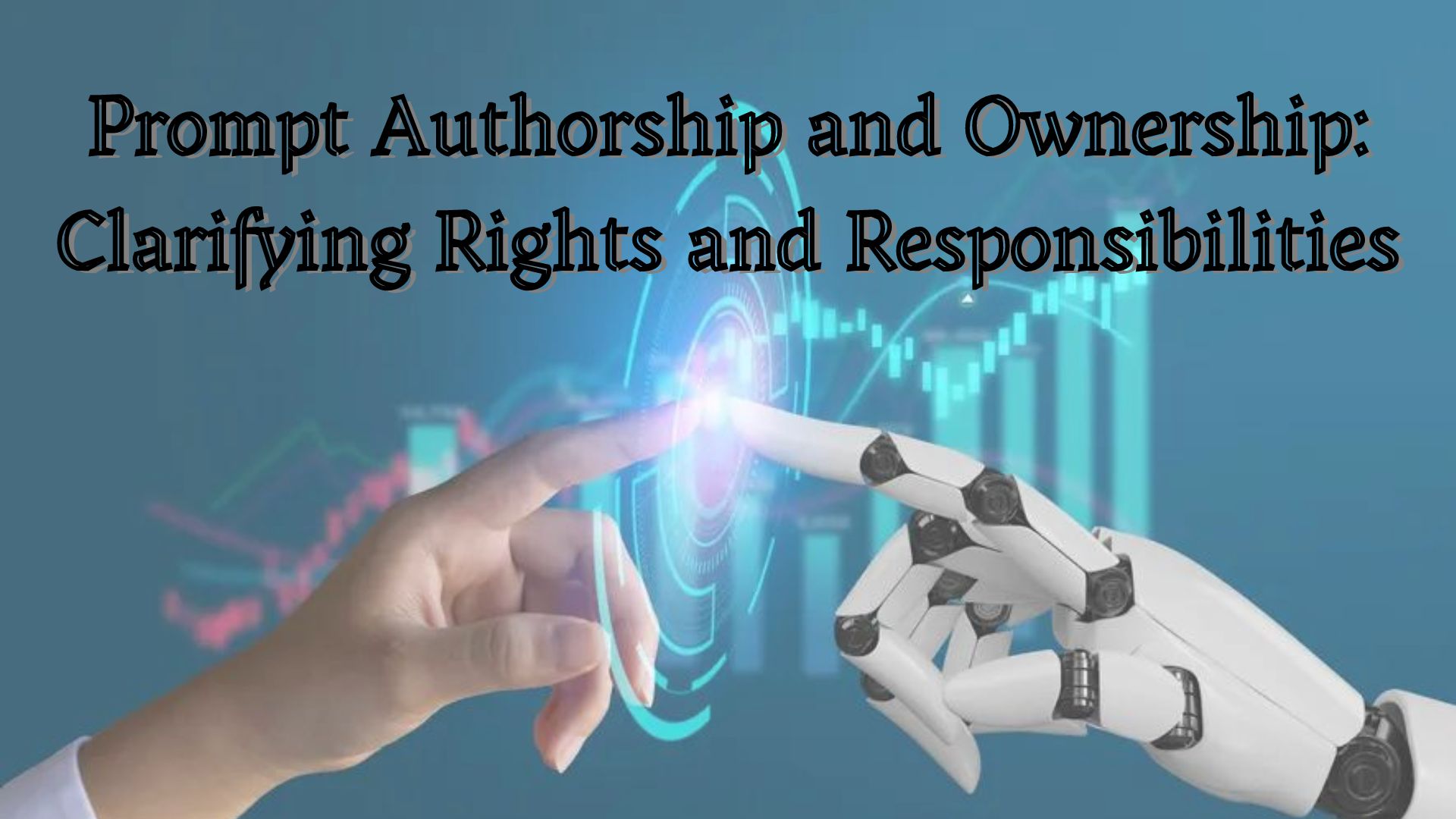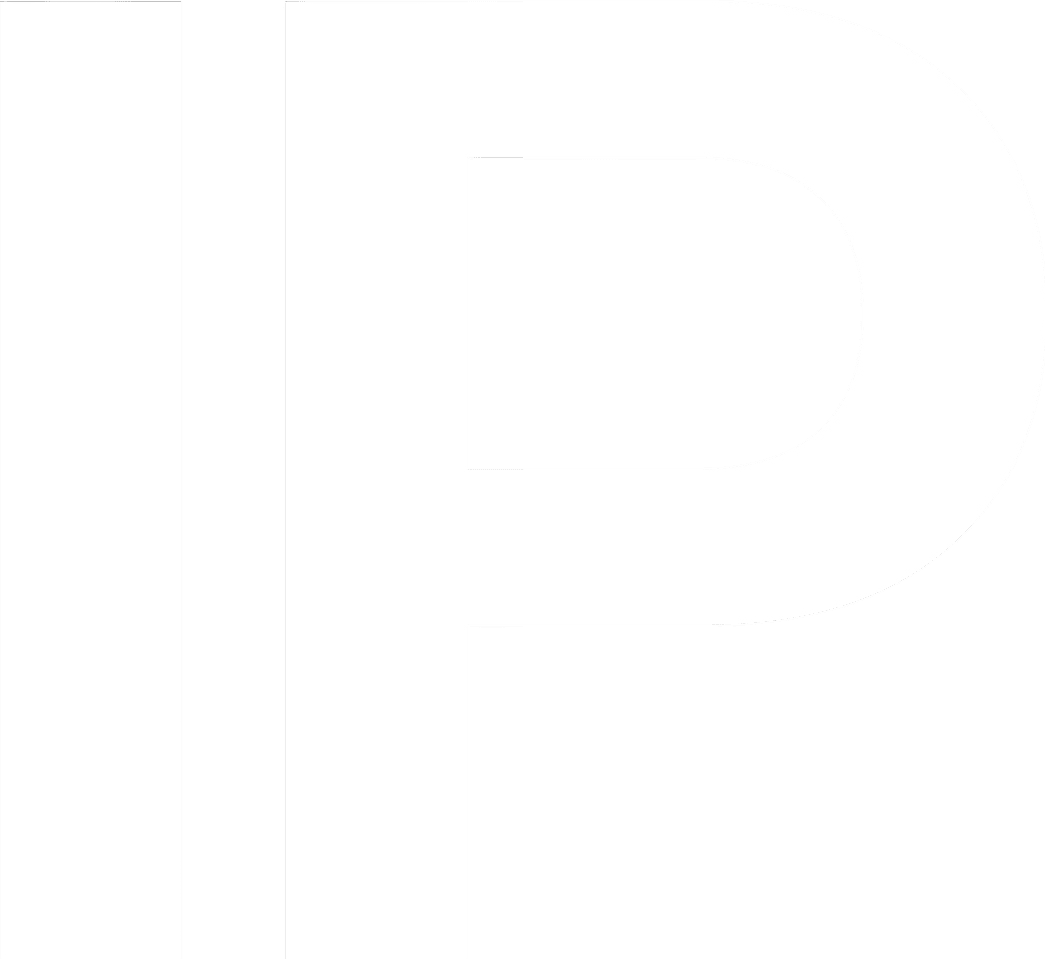
Copyrightability of Prompts
Prompt engineering is recognized as essential for harnessing the full potential of generative AI technologies, as it optimizes the interaction between humans and AI systems. By crafting precise and effective prompts, users can significantly enhance the quality and relevance of AI-generated outputs, thereby maximizing the utility and capabilities of these advanced technologies. The nature of Prompts can be understood as Literary Works which is defined in Section 2(o) of the Copyright Act, 1957, as it includes computer programmes, tables and compilations including computer databases. Prompts are like computer code, can be considered literary works because they consist of written instructions or commands. For a prompt to be protected under copyright law, it must meet the criteria of originality and fixation. This means the prompt must be an original creation and must be fixed in a tangible medium of expression. Prompts can serve a dual purpose: they can be creative in their wording, structure, or the ideas they encapsulate, and they also serve a functional role by instructing a system to generate specific outputs, just ike computer code. If the said prompt satisfies the criteria of originality and creativity in the structure, sequence and organisation copyright is granted as enunciated in Whelan Associates, Inc. v. Jaslow Dental Laboratory, 609 F. Supp. 1325 (E.D. Pa. 1985).
Copyrightability of the AI-Generated Works: Requirement of Human Authorship
The copyrightability of a prompt does not automatically extend to the works generated by following that prompt. This is because the resulting work is a new creation that depends on various factors, including the system’s programming and the input prompt. The generated work might be an original creation of the AI, or it could be considered a derivative work depending on the nature of the output and the input data used.
The United States Copyright Office has clarified the requirement for human authorship in generative AI through various decisions that rejected copyright registration for AI-generated works, each varying in human involvement. One case involved the visual work “A Recent Entrance to Paradise,” produced by Steven Thaler’s Creativity Machine, which was entirely generated by AI with no human contribution. The other two copyright rejections were the images in Kristina Kashtanova’s graphic novel (Zarya of the Dawn) and Jason Allen’s artwork which had substantial human input through the crafting of hundreds of prompts using the Midjourney text-to-image generator. Despite this, the Office denied copyright registration for the AI-generated images. In Kashtanova’s case, the Office ruled that while she was the author of the text and the creative arrangement of written and visual elements, the images produced by Midjourney did not qualify as human authorship. Therefore, Kashtanova could claim copyright over the text and the selection, coordination, and arrangement of the novel’s components, but not the AI-generated images.
The U.S. Copyright Office issued a policy statement on March 16, 2023, in response to cases like “Zarya of the Dawn,” to clarify its stance on registering works that include AI-generated material. The Office determined that while human-authored elements of prompts could be protected by copyright, AI-generated content could not. This decision underscores the requirement that copyright protection applies solely to works resulting from human creativity, as the term “author” in both the Constitution and the Copyright Act excludes non-human entities. Consequently, if a work’s expressive elements are produced by AI based on human prompts, the resulting material does not qualify as human authorship and is not copyrightable. In certain cases, works with AI-generated material may still qualify for copyright protection if they involve sufficient human authorship.
Considering Indian Jurisprudence, the Indian Copyright Office initially granted registration to ‘Suryast,’ marking Ankit Sahni as the first individual to receive copyright protection for AI-generated pieces. However, subsequent withdrawal notices brought into question the legal status of RAGHAV, the AI tool used in the creation of the artwork, indicating a lack of clarity in India’s approach to AI-generated content. The notices underscored key aspects of Section 2(d)(iii) and 2(d)(vi) of the Copyright Act of 1957, which stipulate that an ‘author’ should be an artist or an individual involved in facilitating the creation of artistic work. This raised concerns about whether AI tools like RAGHAV could be considered ‘authors’ under Indian copyright law, prompting a reevaluation of the legal framework surrounding AI-generated content in the country.
In the context of Indian jurisprudence, the question of whether prompts can be copyrighted is addressed by the Indian Copyright Act u/s 2(d)(vi). This section explicitly attributes authorship of computer-generated works to the person who caused their creation provided it satisfies the eligibility criteria of copyrightability. However, merely inputting a single-line prompt does not automatically grant copyright protection to the resulting work. Copyright protection is contingent upon the work meeting the requisite standards of originality. The minimum threshold of eligibility, the “sweat of the brow” doctrine, which grants rights based on effort expended, is not applicable in India, it is insufficient for copyright protection. The work must satisfy the modicum of creativity test, considering the idea-expression dichotomy and the merger doctrine. These legal principles ensure that copyright protection is granted only to works that exhibit originality and creativity beyond the mere input of prompts or effort.
Ownership of Prompts under Contractual Basis
Ownership of prompts under a contractual basis involves determining who holds the rights to the prompts used to generate content using AI which comes within the purview of section 17(c) This can be established through specific terms in contracts between parties such as Prompt Engineers, content creators, AI service providers, Big Tech Companies and clients. Contracts should clearly state who owns the rights to the prompts. This includes specifying whether the creator of the prompts, i.e. the prompt engineers, retains ownership or if the rights are transferred to another party, such as the employer or clients, as the case may be. In cases where prompts are created as part of employment or under a work-for-hire agreement, the employer or commissioning party typically owns the rights to the prompts, unless there is an agreement to the contrary. In other instances, parties, i.e. Prompt Engineers, can agree on licensing terms where the creator of the prompts retains ownership but grants specific usage rights to the other party. The contract should detail the scope, duration, and limitations of the license. In such cases, it amounts to licensing of copyrightable works. Also, contracts should include intellectual property clauses that address the ownership and usage rights of the prompts. This helps prevent disputes by clearly defining the rights of each party. If the rights to the prompts are to be transferred, the contract should outline the terms of this transfer, including any compensation involved and the extent of the rights being transferred (e.g., exclusive vs. non-exclusive rights).
Dual ownership presents a pragmatic solution for fostering collaboration between Prompt Engineers and the engaging Company. This approach acknowledges the unique contributions of both parties and establishes a framework wherein ownership rights are shared. By delineating dual ownership in contractual agreements, each party’s role and responsibilities are clearly defined, fostering a collaborative environment where creative ideas can flourish. Prompt Engineers contribute their expertise in crafting engaging and effective prompts, leveraging their creative skills and technical knowledge to produce high-quality content. On the other hand, the engaging Company provides resources, direction, and often specific requirements that shape the prompt creation process.
Confidentiality and Non-Disclosure Agreements (NDAs) can be employed to protect proprietary prompts, parties might enter into NDAs that restrict the sharing and use of the prompts outside the agreed contractual relationship. Protecting prompts as trade secrets entails ensuring their confidentiality and commercial worth. To qualify as a trade secret, the information must be kept secret, known only to a limited group, and subject to reasonable steps to maintain secrecy, such as confidentiality agreements. However, keeping things secret might be tough. Additionally, it is possible to reverse engineer instructions from Assistant encounters. As a result, while trade secret protection provides some protection, extra steps must be taken to assure confidentiality and security.
Ownership of AI-Generated Outputs: Considerations in Contractual Agreements
Ownership of AI-generated outputs in contractual agreements poses a complex conundrum, influenced by various factors such as human involvement and the level of creativity exhibited. When AI produces expressive elements based on human prompts, the resulting material may not meet the criteria for human authorship and thus may not be eligible for copyright protection. However, in instances where works contain AI-generated material alongside sufficient human authorship, they may still qualify for copyright protection.
These determinations are often governed by contractual agreements between the parties involved, which explicitly outline the ownership rights and usage permissions of the AI-generated outputs. Such contracts should address key aspects such as the ownership of prompts, the transfer of rights, and the scope of usage permitted. By establishing clear terms in contractual agreements, parties can navigate the complexities surrounding the ownership of AI-generated outputs and ensure that the rights of all involved parties are protected and appropriately attributed.
Conclusion- A way forward
- To reconcile the tension between preserving human engagement in creative endeavors and acknowledging the copyrightability of AI-generated content, a novel criterion for assessing human contribution can be devised. This straightforward evaluation aims to gauge the degree of human involvement in crafting an “original” creation while meeting all other prerequisites for copyright eligibility. This test endeavors to ascertain both the originality of AI-generated content and the level of human engagement deemed substantial within the creative process.
- It is imperative to address the contemporary scenario by establishing comprehensive policies or guidelines, collectively devised by stakeholders, pertaining to the copyright registration of works comprising material generated by artificial intelligence (AI). These guidelines must meticulously outline the requisite degree of human participation in the creation process. Such measures are crucial for navigating the nuanced landscape of copyright law in the context of AI-generated content, ensuring equitable recognition and protection for both human and AI contributions within creative endeavors. The policy should also mention guidelines for the ownership of prompts ie between Prompt Engineers and Companies engaging them.
- Incorporating provisions regarding AI-generated outputs into the existing Copyright Act of 1957 can be achieved through targeted amendments to several key sections defining various aspects of copyright law, mainly in the definition of work, author, computer program, and licenses can be made.
*Written by Helan Benny, Legal Intern @Intepat IP
